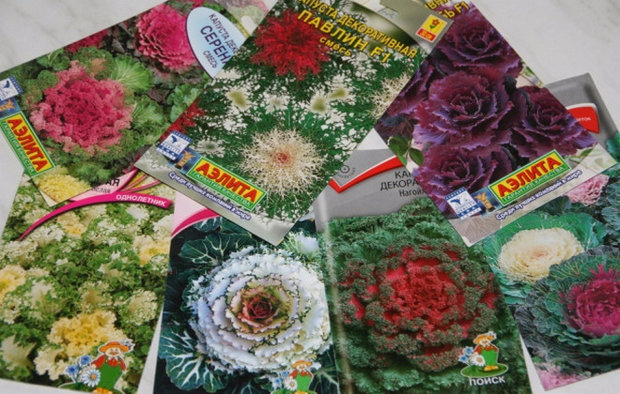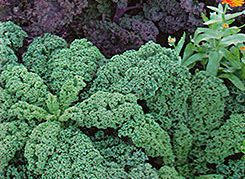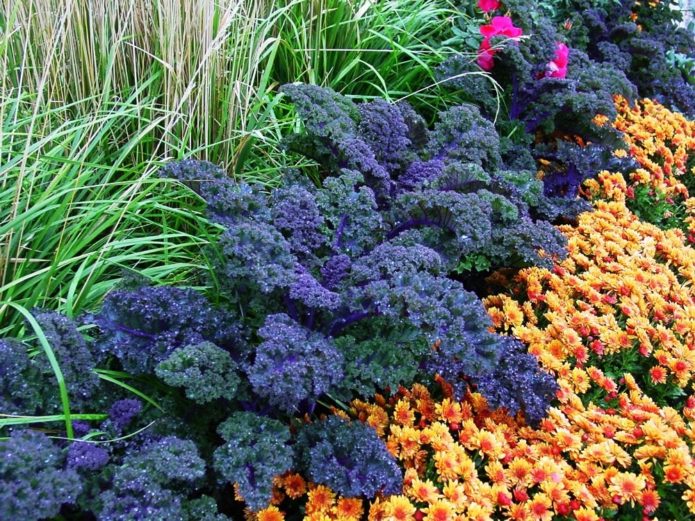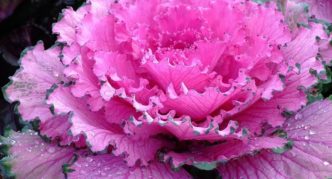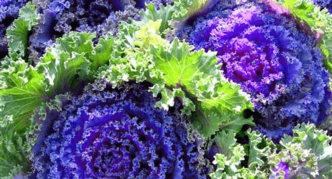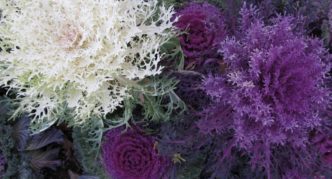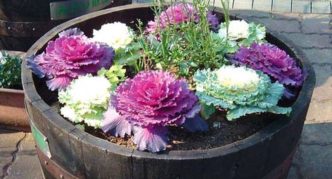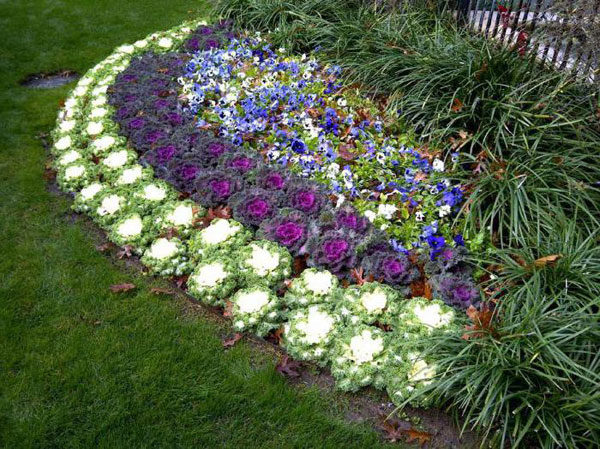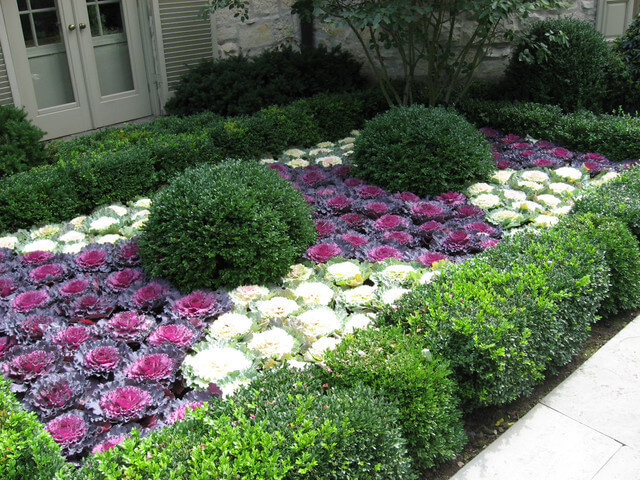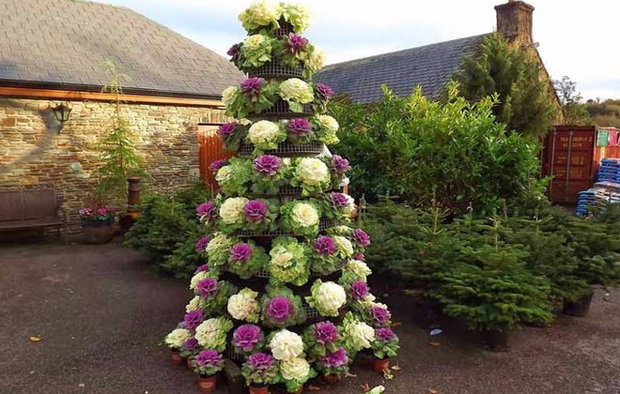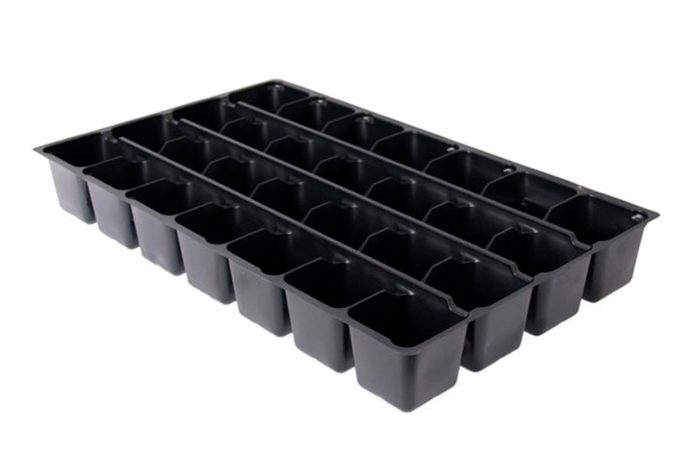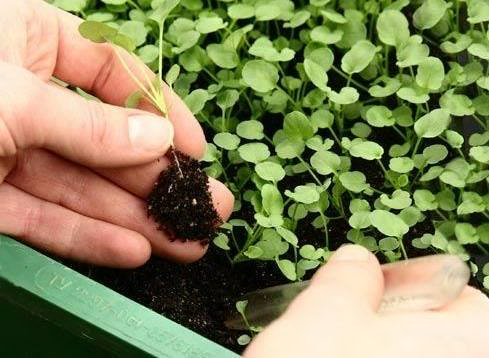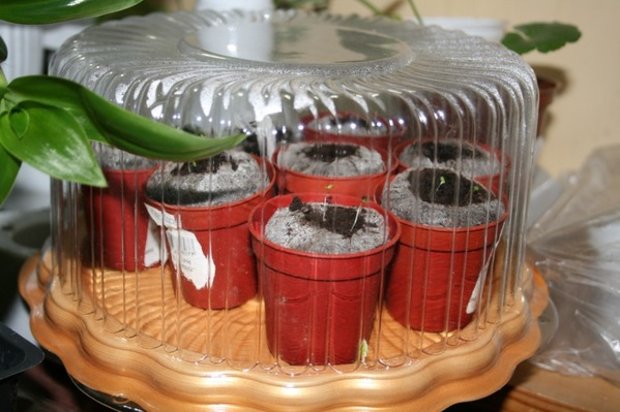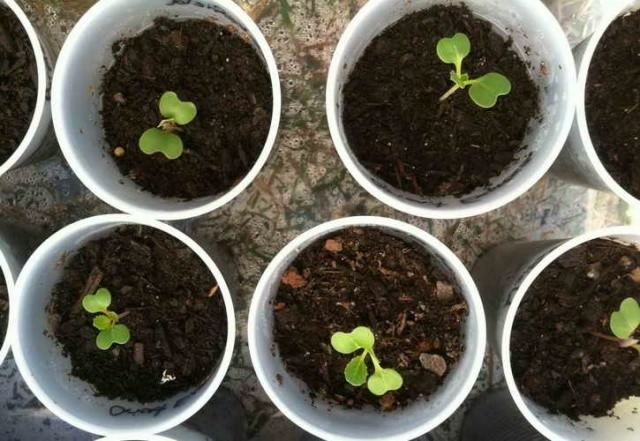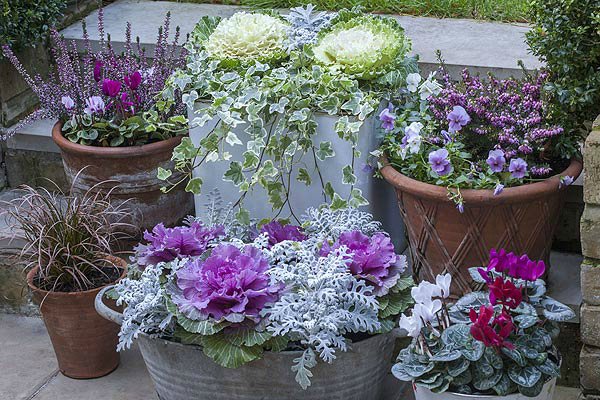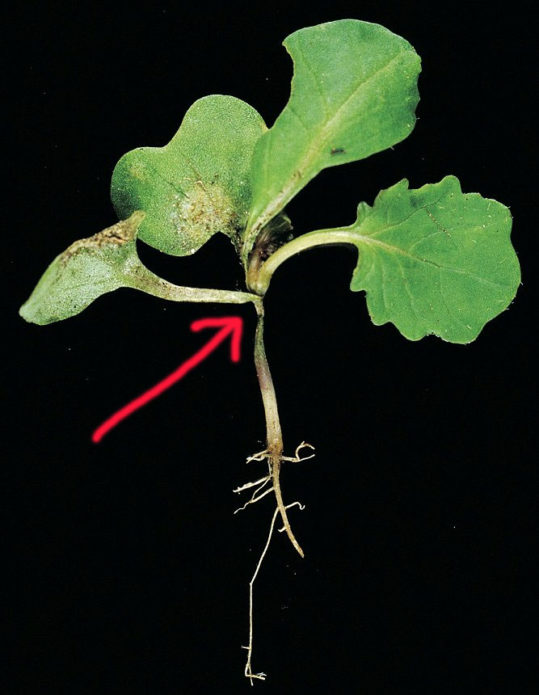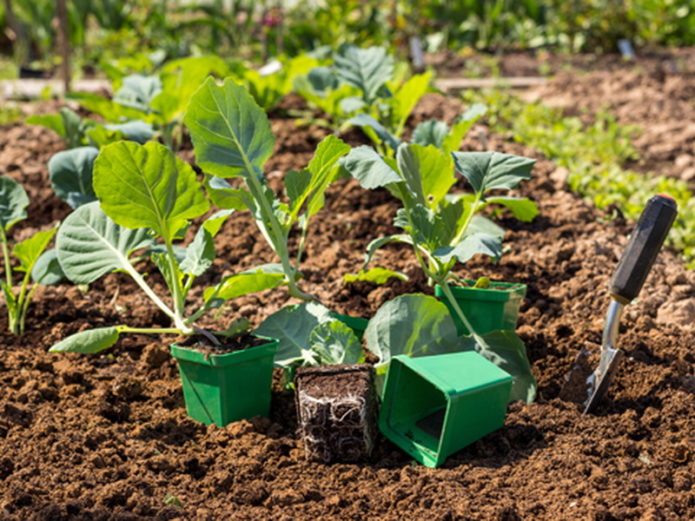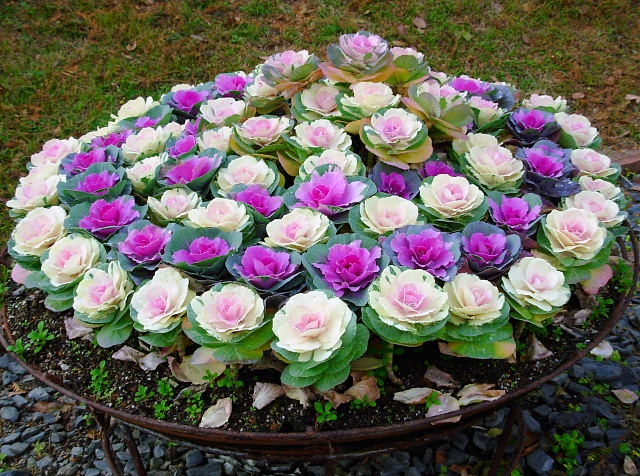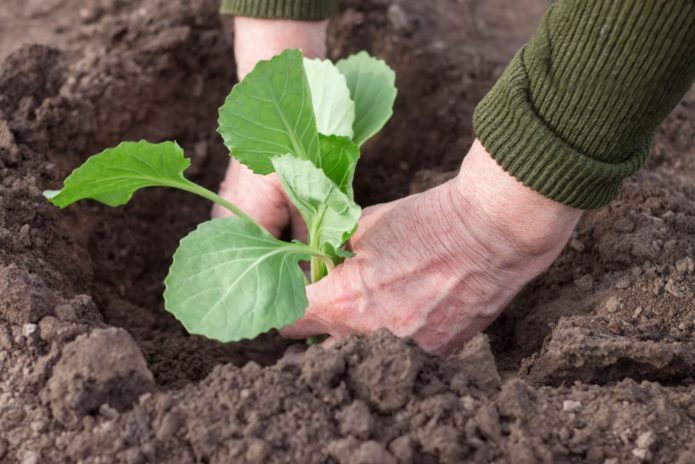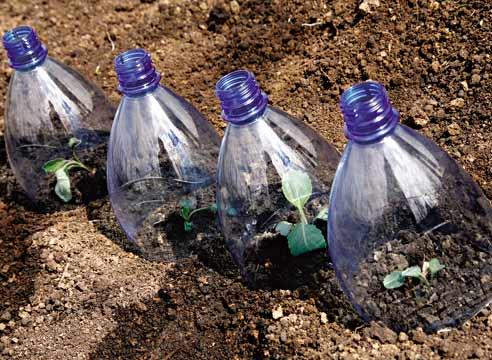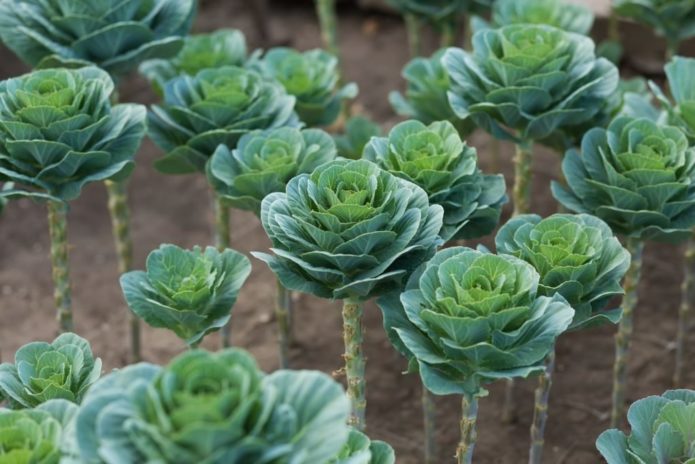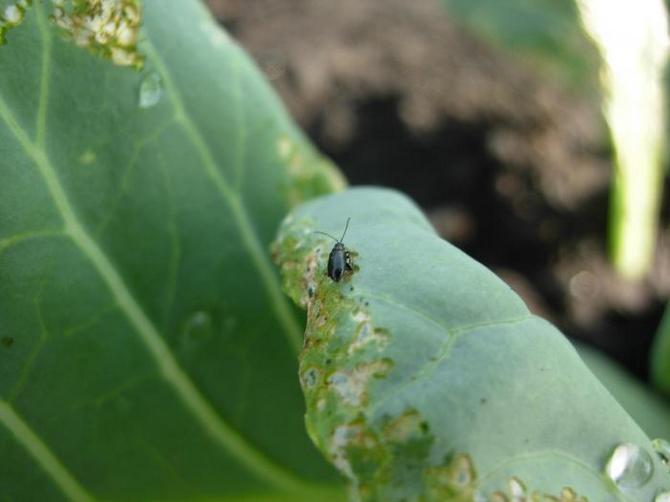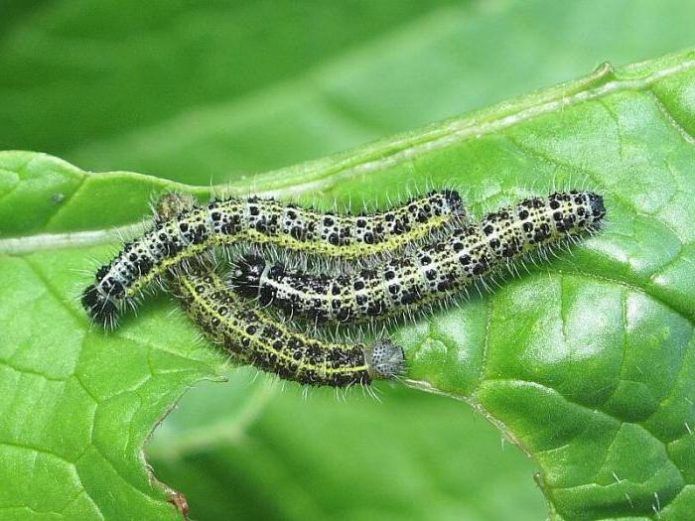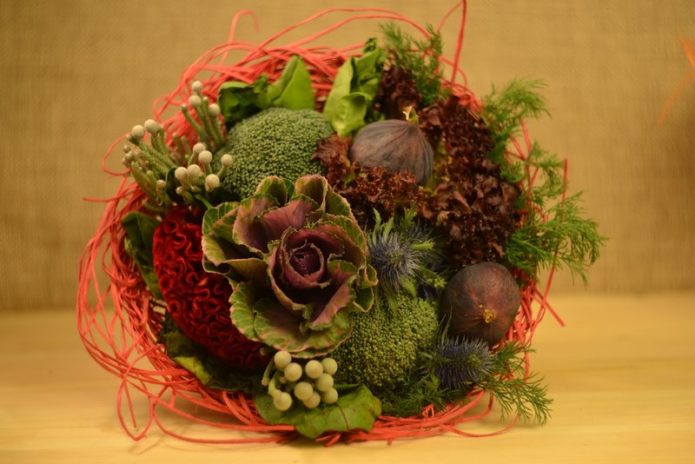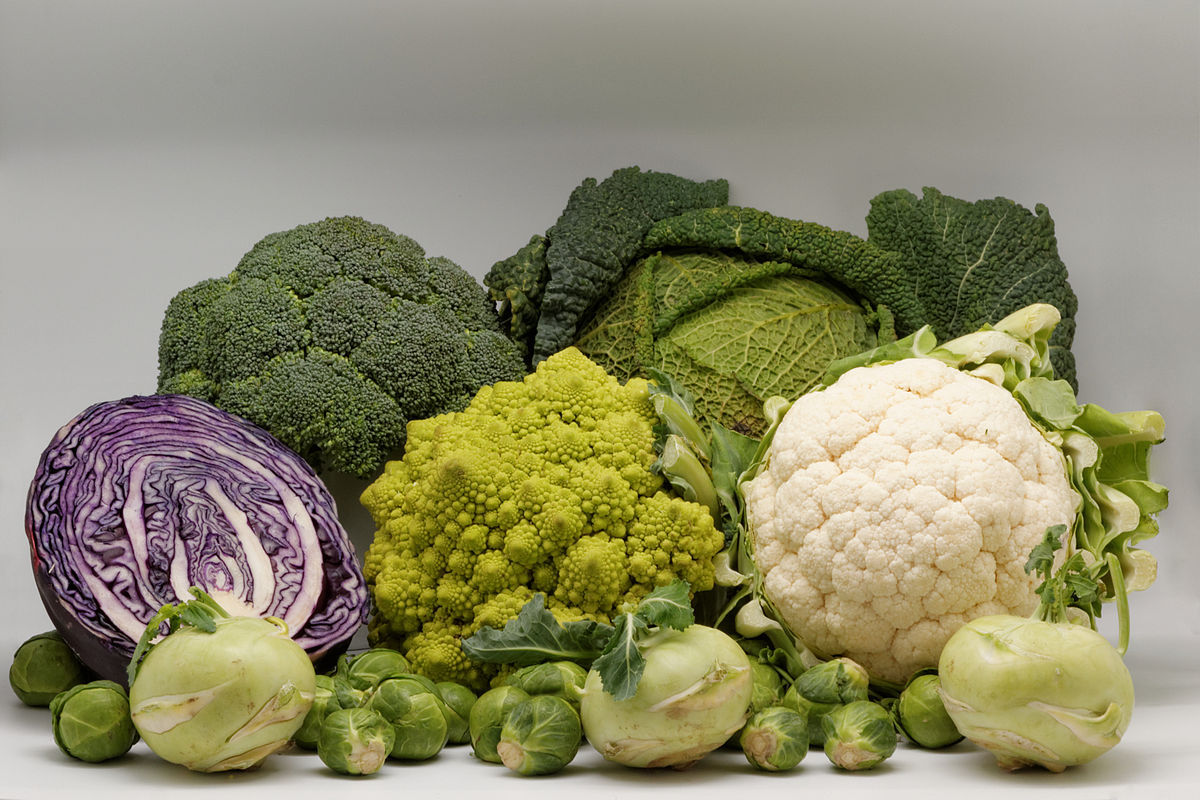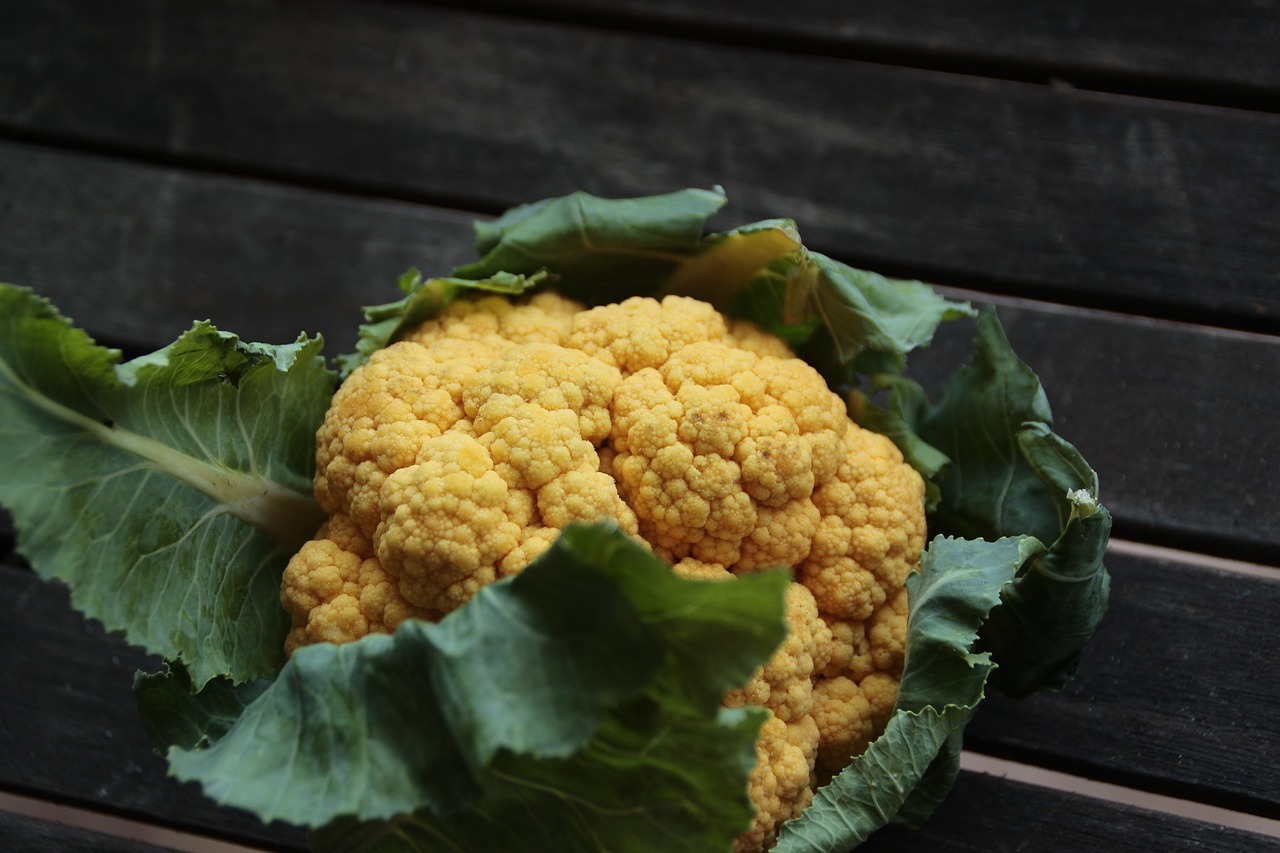Cabbage belongs to the cruciferous family and has about 100 varieties. Interest in cabbage as an ornamental plant was first noted in Japan at the end of the last century. A common vegetable used to feed livestock has captured the attention of breeders with its vibrant colors. Varieties were created with green marginal and white, pink, purple leaves in the center of the rosette. Unusual forms appeared in the form of a rose, funny combs or delicate lace with corrugated, curly, dissected leaves. Spectacular ornamental cabbage is now widely used not only in landscape design to decorate flower beds, alpine hills, but also in floristry to create original vegetable bouquets.
Content
What you need to know when choosing ornamental cabbage seeds
Garden shops offer a wide variety of ornamental cabbage seeds. The bags can contain individual varieties or mixtures.
There are two types of ornamental cabbage:
- tall,
- outlet.
The first group includes leafy species 50–120 cm high, which are distinguished by a long stem and wide corrugated leaves hanging down. The color of curly foliage can be of various shades.
Photo gallery: tall varieties of ornamental cabbage
- Ornamental cabbage variety Lark tongue has elongated dark green leaves
- Ornamental cabbage variety Redbor F1 has purple leaves
- Red-purple corrugated leaves of ornamental cabbage Robin, which grows up to one and a half meters in height, look spectacular
- Bizarrely corrugated leaves of the ornamental cabbage variety Kai and Gerda do not lose their attractiveness after the first frost
Any varieties of tall miracle cabbage are perfect for decorating a terrace, gazebo, mixborder.
The second type - rosette - has a shortened stem and a loose rosette, similar in shape to a rose, peony or chrysanthemum. The dissected lace leaves are usually two to three colors.
Photo gallery: rosette varieties of ornamental cabbage
- Osaka pink ornamental cabbage variety is distinguished by the pale pink color of the heads
- The openwork leaves of ornamental cabbage resemble a corrugated lace collar, painted in various shades - hence the name Lace frill
- The peacock variety of ornamental cabbage has carved foliage in bright colors that resembles the feathers of a huge bird
- Delicate leaves of ornamental cabbage variety Northern rose will serve as a decoration for any garden
- Tokyo ornamental cabbage variety is distinguished by rounded beautiful leaves forming a rosette with a pink, white or burgundy inner part
- Ornamental cabbage Piglon, similar to a rose, looks favorably against the background of low perennials
This type is most often used for decorating personal plots.
Low-growing ornamental cabbage is planted in a flower garden at a distance of 25-30 cm to form a solid array of decorative leaves, or several pieces every 40 cm to create a bright spot against the background of tall plants.
Ornamental rosette cabbage is also used for vertical gardening of the site. The compositions usually combine cabbage of different colors.
Any kind of ornamental cabbage can serve as a decoration for the garden.
Video: overview of varieties of ornamental cabbage
Ornamental cabbage makes original bouquets. To do this, it is cut to the root and placed in a vase with a small amount of water, changed twice a week. You can add potassium permanganate or a teaspoon of sugar and a pinch of citric acid per 1 liter of water - the bouquet will last a month.
Planting ornamental cabbage seedlings
Ornamental cabbage is grown mainly in seedlings. To obtain viable seedlings, it is necessary to carefully prepare the soil and seed material, carry out sowing at the optimal time, create comfortable conditions for the seedlings and correctly plant them in open ground. The specific sowing time depends on the climatic conditions of the region. In a warm climate, seeds are sown in early April, in the central regions, in the Urals and Siberia, seedlings are started to grow in early March.
Soil and seed preparation
Seedling soil should be water and breathable with neutral acidity. The soil mixture is made up of one part of sod land, two parts of humus and one part of sand and is spilled with a weakly borne solution of manganese, Fitosporin-M (1 drop per 1 l) or ash (15 g / l) for disinfection. You can purchase ready-made soil that does not require pre-treatment. Seedlings develop well when grown in peat tablets made from compressed peat enriched with nutrients.
The seeds must be prepared for sowing. They must be disinfected from pathogens in a slightly boric solution of potassium permanganate and then washed with water. After disinfection, the seeds are soaked for 6 hours in a solution of Epin (2 drops / 100 ml), Zircon (1 drop / 300 ml) or in a 0.01% solution of potassium humate, which accelerates germination, improves root formation, and increases stress resistance.
Then the soaked seeds are hardened, first with hot water (50 ° C) for 15 minutes, then in the refrigerator for a day at a temperature of 1-2 ° C. After hardening, the seeds must be dried.
The pelleted seeds do not need pre-sowing treatment - they already have a protective shell of fertilizers and growth stimulants. These seeds are larger than untreated seeds and are easier to arrange in the seed container.
Ornamental cabbage seeds can be grown in two ways:
- with a pick,
- without picking.
Growing ornamental cabbage with a pick
For growing large quantities of ornamental cabbage, it is more convenient to use large boxes or containers with cells.
- The box is filled 2/3 with nutrient soil and must be spilled with a solution of Gamair or Fitosporin-M. Make grooves 10 mm deep, leaving 50 mm between rows, and spread the seeds at a distance of 15 mm from each other. Sprinkle with earth, compact and moisten with a spray bottle.
- To facilitate the subsequent picking, the seeds are sown in containers with cells, in each of which soil is poured, not reaching the upper edge of 0.3 cm, in order to avoid overgrowth of roots to neighboring sprouts. Place 2-3 seeds in each cell, deepen them by 10 mm and moisten them from a spray bottle. Subsequently, one strong plant is left in the cell, weak seedlings are cut off.
- A container or box with seedlings is placed in a greenhouse, regularly opening it for ventilation and monitoring the humidity. When shoots loops appear, the cover is removed and the seedlings are transferred to a cool room for 5–7 days with a daytime temperature of 10–12 ° C, and a night temperature of 6–8 ° C. Lowering the temperature during this period of development will help avoid thinning and stretching of the seedlings.
- If the seedlings are nevertheless stretched out, a solution of the Atlet preparation (1 ampoule / 500 ml) is added to the soil, which slows down the growth of the aerial part of the plants and helps to strengthen the root system, or the seedlings are transplanted into individual cups, pinching the root and burying the sprouts into the ground up to the cotyledon leaves.
Video: planting ornamental cabbage for seedlings
After 2-3 weeks, seedlings with 2-3 true leaves are dived into separate cups or peat pots, in which they will grow before planting in open ground.
- Each sprout is carefully removed with a spatula along with a lump of earth, holding by the stem, and placed in a prepared hole in a glass.
- Sprinkle with soil until the cotyledon leaves and compact.
- In order for the transplanted seedlings to take root faster, in the first few days they create a warmer microclimate (22-24 ° C) and be sure to shade from the sun's rays.
- Then the air temperature is lowered to 20 ° C and when 4-5 true leaves appear, the seedlings are transplanted into open ground.
Video: picking ornamental cabbage
Growing seedlings without picking
You can immediately sow seeds in cups or peat pots - in this case, there is no need to pick the seedlings. Growing in separate containers has several advantages:
- plants are not stressed when picking,
- the root system is not injured,
- seedlings grow stronger and more viable.
Peat pots are generally planted on a garden bed together with seedlings and after a while they dissolve in moist soil, enriching it with nutrients.
- In containers, 2/3 filled with soil, sow 2-3 seeds to a depth of 10 mm, sprinkle with soil and moisten. The crops are covered with foil and placed in a warm place. Be sure to open the greenhouse for airing and remove condensate from its walls.
- When sprouts appear, the film is removed and transferred for a week to a bright and cooler room. Poor lighting, excess moisture or too high a temperature can cause the seedlings to stretch out - in this case, add some earth to the cups. In the future, for the correct development of seedlings, the optimal temperature is maintained during the day - 18–20 ° С with a slight decrease at night. After regrowth of 2–3 true leaves, one stronger plant is left in the container, the rest are cut off.
- If you plan to grow ornamental cabbage as a container plant for decorating a terrace, sow several seeds in a 10-15 liter pot, then thin out the crops, leaving 3 strong seedlings evenly placed in the container. Care for them is the same as when grown in the open field, only watering is carried out daily.
Care for ornamental cabbage seedlings
A moisture-loving culture must be moistened. To obtain healthy seedlings, the seedlings are watered only when the soil dries out significantly, and the rest of the time the plants are sprayed using warm water. With a lack of moisture, the leaves begin to turn yellow and wither. On hot days, it is useful to spray seedlings. Damp soil must be loosened for better aeration.
When watering, fertilizers are applied to the soil. Seedlings at the age of 2 weeks are fed with vermicompost (mixing with turf soil in a ratio of 1: 3) or with complex fertilizers Agricola (25 g / 10 l), Kemira-universal, Nitroammofosk (15 g / 10 l). The second feeding is carried out 2 weeks later, after the pick. The seedlings are fed again before planting on the personal plot.
However, an excessive amount of moisture will inevitably lead to the development of a black leg (the stem in the root part begins to blacken and rot). Too tight fit and poor ventilation also often contribute to the development of this condition. For prevention, it is necessary to disinfect the soil and seed material before sowing, do not use cold water when watering, treat the seedlings in the phase of 2 leaves with a 0.2% solution of Fitosporin-M. Affected plants need to be removed, healthy seedlings should be transplanted into new soil and treated with 1% Bordeaux mixture.
Planting ornamental cabbage seedlings in the ground
10 days before transplanting into the ground, the seedlings begin to harden.
- First, the window is opened for 2-3 hours, then the plants are taken out to the loggia or veranda, protecting them from direct sunlight and gradually increasing the time spent in a cold room.
- On the 6th day, watering is stopped and the containers with seedlings are placed in the garden, bringing them into the room at night.
- On the last day of hardening, the seedlings are left in the open air before transplanting to a flower bed. Before planting, the seedlings are well watered.
By the time of planting in the ground, the seedlings should have 2-3 pairs of true leaves. The specific time depends on the weather conditions: warm weather should be established (not less than + 15 ° С during the day), the soil should warm up well. They disembark in the morning or evening hours. Ornamental cabbage tolerates transplanting well, provided that it is planted in a new place along with an earthen clod.
First, ornamental cabbage can be planted in the farthest corner of the garden - after all, it will bloom and appear in all its glory only in September. By this time, the season of annuals will end, and ornamental cabbage can be transplanted into a flower garden in their place. You can also plant seedlings in pots and take them out into the garden in a bright place. In the shade, ornamental cabbage will lose its bright colors and will be much smaller.
- For planting seedlings in the garden, holes are made at a distance of 25–40 cm, 1 teaspoon of complex fertilizer or a tablespoon of ash is added to each.
- The seedlings, together with a wet lump of earth, are carefully removed from the glass and planted in the hole one by one.
- It is deepened to cotyledon leaves, compacted and watered.
In the first days, the planted seedlings must be shaded with agrofibre.
Video: transplanting ornamental cabbage seedlings into open ground
Growing ornamental cabbage in the open field
Ornamental cabbage can also be grown by direct sowing outdoors in late April.
- Prepare a bed: fill the soil with humus and 100 g of complex fertilizer, install arcs and stretch agrofibre folded in 3 layers on them.
- The soil is spilled with hot water with the addition of manganese, grooves are made and seeds are sown in them.
- If it's cold outside, you can sow the seeds less often and cover them with cut-off plastic bottles. Depending on the ambient temperature, seed germination may take 2-3 weeks.
- When sprouts appear, the bottles are removed. Ornamental cabbage is a cold-resistant crop: at the age of seedlings, it can withstand temperatures down to –4 ° С, adult plants do not die in frosts of –8–12 ° С.
- Watering the cabbage begins when the first leaf opens and during watering, the addition of Fitosporin-M solution is alternated with a solution of complex fertilizer.
- After establishing the heat, agrofibre is removed from the garden.
Caring for ornamental cabbage
Ornamental cabbage when grown outdoors does not require special attention. Care consists in regular loosening, watering and feeding.
Fertilization
2 weeks after planting seedlings, urea is added to the soil (30 g / m2) or mullein solution (1:10). Nitrogen fertilizers contribute to the intensive development of the green mass, but in the future it is better not to use them, since they have a bad effect on the decorative qualities of the plant. During the season, ornamental cabbage is fed 2-3 times with Nitroammofoska (10 g per plant), embedded in the soil, or with Azofoska solution (30 g per 500 ml) with the addition of ash (500 g). On poor soils, the number of dressings is increased to 4–5.
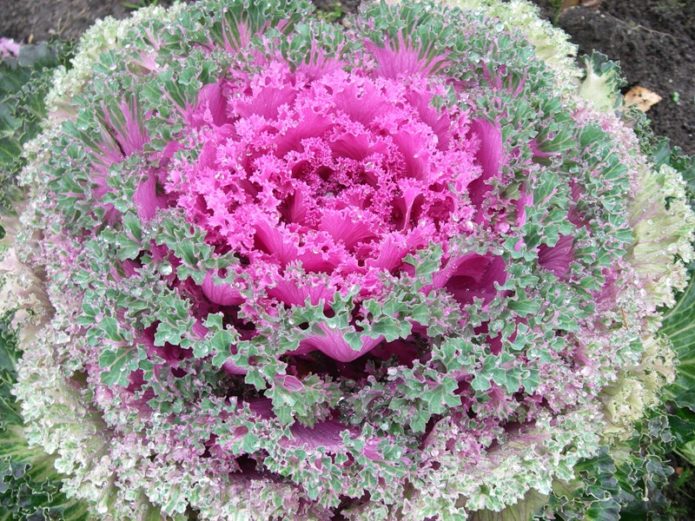
So that the cabbage does not lose its decorative effect, nitrogen fertilizers are applied only after planting it in the ground
Watering and loosening
Ornamental cabbage needs regular, abundant watering. Moisten the soil once a week, spending 10 liters of water per 1 m2... During the hot period, watering is carried out daily. Watering is carried out in the early morning or in the evening, when there is no bright sunlight. Wet soil must be loosened to provide air access to the root system.
When growing ornamental cabbage in flowerpots, the need for moisture increases. Container plants are watered daily; during severe drought, spraying is carried out in the morning or evening to reduce water evaporation.
Disease prevention
Excess moisture in the soil and extreme heat contribute to the development of spores of the fungus downy mildew. Young weakened plants are especially susceptible to the disease. The upper side of the leaf is covered with yellow-brown spots, a grayish bloom appears on the lower side. In case of minor damage, dusting with ash (50 g / m22) or spraying with Fitosporin-M solution (6 g / 10 l of water). The treatment is repeated after 10 days.
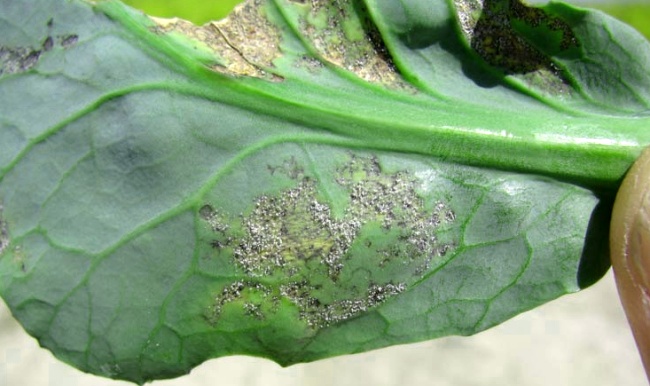
The appearance of yellowish spots and gray bloom on cabbage leaves is a sign of the development of downy mildew
On waterlogged, poorly drained soil, a favorable environment is created for the development of root infection. High temperatures in the middle of the growing season put additional stress on already weakened plants, and the disease can progress rapidly. Late blight root rot causes wilting and even death of ornamental cabbage.For preventive purposes, it is necessary to disinfect the seed material and the soil in the garden bed with a 1% manganese solution, regulate watering. Affected plants and soil are sprayed with 1% Bordeaux mixture, Fundazol (10 g per 10 l of water, consumption of 1.5 l per 10 m2).
Pest control
The main enemy of young plants is the cruciferous flea, which leaves holes on the leaves. To get rid of the pest, cabbage is sprayed with decoctions of chamomile, wormwood, ash infusion (300 g / 10 l). In case of a mass invasion of insects, treatment with anabazine sulfate solution (10 g / 10 l) will help.
Caterpillars love to feast on ornamental cabbage. These pests, feeding on juicy cabbage leaves, cause great harm to plants. The caterpillars are harvested by hand, the cabbage is sprayed with a solution of Bitoxibacillin (40 g / 10 L). Treatment with the drug is carried out after the appearance of pests, again - after a week. You can plant calendula next to cabbage, marigolds, which with their strong smell will scare away harmful insects.
Is it possible to eat ornamental cabbage
Ornamental cabbage is not only beautiful but also edible. No wonder florists often use it to compose vegetable bouquets - original, stylish, and most importantly - delicious, juicy and mouth-watering.
Ornamental cabbage leaves taste bitter. To get rid of bitterness, plants are frozen and only then eaten. Pets, especially rabbits, also love to feast on ornamental cabbage.
Young leaves contain a large amount of selenium, which is a natural immunostimulant and antioxidant. In addition, ornamental cabbage varieties are rich in vitamins and minerals, they have more protein than other types of cabbage.
Leafy forms have an exquisite taste. Vitamin salads are prepared from tender leaves, the stem is pickled. Leaves of cabbage varieties are harsh, but they can also be used for preparing first courses, stuffed cabbage.
Reviews
Ornamental cabbage is grown in the same way as ordinary cabbage - through seedlings. I like ornamental cabbage because it is not only beautiful, but also useful - when it freezes well, it becomes edible, and its value is not only not lost, but, on the contrary, increases.
I saw ornamental cabbage at a summer resident, and saw it in the fall, when it was cold, but the cabbage was beautiful, with burgundy colors over green. I got the idea to grow, bought seeds, but they did not grow well, only a few plants.
I saw such an ornamental cabbage on a flower bed in the city, florists use them in bouquets of flowers, because it is of an unusual color and immediately fills a lot of space in a large bouquet. Also, some chefs use the leaves of such a beautiful cabbage in order to serve a dish in a cafe or restaurant, for example, meat. Various colors and shapes. Our neighbor plants this one near the entrance.
Ornamental cabbage can be attacked by aphids, as well as by cabbage whites caterpillars, which can eat the entire lower part of the leaf. I do not use chemicals and pick the caterpillars by hand, and wash the aphids with soapy water and ash. I want to add that ornamental cabbage loves moist soil, but does not grow well on an area previously occupied by another type of cabbage.
I tried it in a group planting, I really liked this ornamental cabbage. The main thing is that without diseases, it was not necessary to process flowers.
The first time we saw such cabbage was in my brother's garden in Crimea. The brother said that she is unpretentious, only likes frequent watering. Then they began to plant seeds in pots in their Siberia, and a month later in the ground, by the beginning of the summer season. At first they planted it in car chambers, but the plant is large, it did not look very good. Now we plant it in the garden with "islands". The plant immediately attracts the eye, looks beautiful, blooms all summer, stands until the coldest days, and looks great in September-October in a white hat of sparkling frost or melting snow amid wilted garden greenery, saving a dull country landscape with its appearance. We come to the dacha before the start of the bitter frosts and are always happy about this frost-resistant plant. True, frosts on the soil are doing their job, and the roots are already beginning to dry out, but the tops are still juicy. Like any cabbage, this one can also be eaten, however, its leaves are tough and it tastes sour, so we don't cook anything out of it, enough white cabbage. The troubles of this plant are also "cabbage": caterpillars can gnaw through the leaves, but if treated with a chemical (if you are not going to eat it) or ash (if you are a big fan of cabbage rolls), then there will be no one to devour your plant.
Ornamental cabbage is a spectacular plant whose peak flowering occurs in the fall. Until the very frost, bright multi-colored heads of cabbage resembling huge fantastic flowers will flaunt in the garden. And the lace of a light snow blanket will only enhance the decorative effect of unusual plants. If you dig them up together with the ground and, after planting them in pots, move them indoors, they will bloom until the New Year, creating a festive atmosphere in the house. It is not difficult to grow ornamental cabbage from seeds, you just need to know the peculiarities of the culture and follow the rules of agricultural technology. With a little effort and love, you can get gorgeous plants that can revive a nondescript flower bed, decorate an alpine slide and transform a withering autumn garden.
